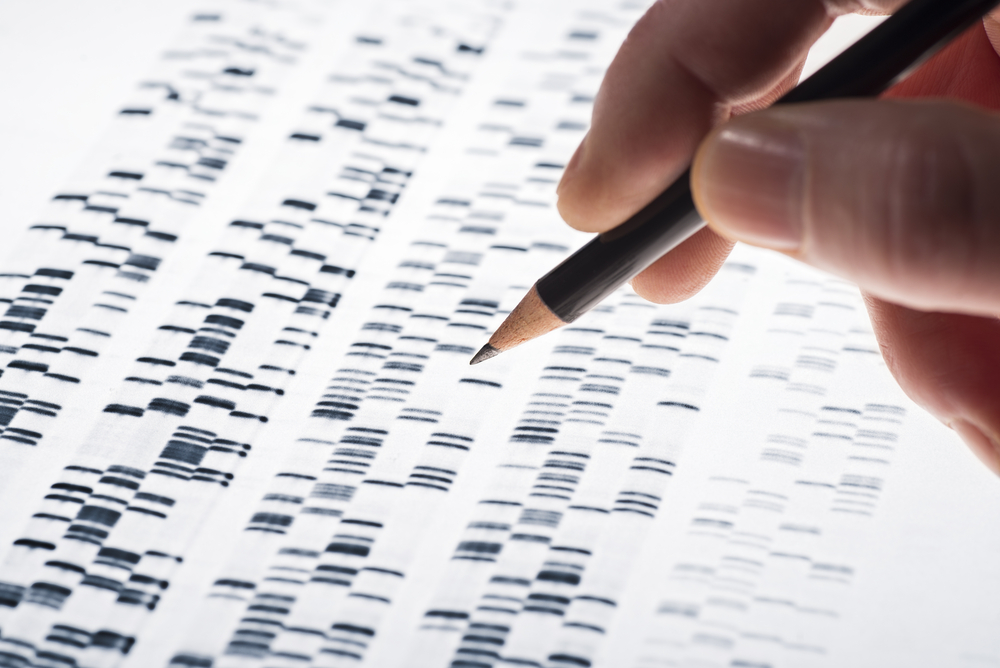Genetic Mosaicism May Contribute to Milder Clinical Symptoms in Dravet and Related Disorders
Written by |

A phenomenon known as “genetic mosaicism” may contribute to milder symptoms in people with Dravet syndrome and related disorders, a new study shows.
The study, “Mosaicism of de novo pathogenic SCN1A variants in epilepsy is a frequent phenomenon that correlates with variable phenotypes,” was published in the journal Epilepsia.
Most genes provide instructions to make proteins that are necessary for the functioning of a cell. When genes are mutated, some essential proteins are not produced, which leads to serious physiological consequences and often disease.
Most cases of Dravet syndrome can be attributed to mutations in the SCN1A gene, which codes for a protein involved in nerve cell signaling.
Interestingly, mutations in the SCN1A gene are not exclusively associated with Dravet syndrome, but also are seen in patients with a milder type of disease, called genetic epilepsy febrile seizures plus (GEFS+) syndrome or febrile seizures.
One of the determinants of whether the mutation causes a more severe disease, such as Dravet, or a milder epilepsy is the type of mutation. If the mutation leads to a complete loss of a part of the protein, called a truncating mutation, then the person will develop Dravet syndrome.
Even in Dravet patients, there is considerable variability in clinical severity. This indicates there are other players contributing to the severity of symptoms other than truncated SCN1A mutations.
Recently, case reports of Dravet patients revealed the presence of genetic mosaicism in the SCN1A mutation — with some cells having a pathogenic SCN1A mutation and others not, a distinction that can affect disease severity.
Genetic mosaicism, as the name implies, indicates the person is a mosaic — that is, composed of more than one genotype (the genetic constitution of an organism), even though they have developed from a single fertilized egg.
Normally, humans are derived from the product of a fusion of egg and sperm, and all cells that descend from that original founding cell should contain an identical nuclear genome — our personal DNA signature.
Researchers conducted a study to evaluate 128 people with SCN1A mutations and understand whether mosaicism is a major modifier in SCN1A-related epilepsy.
They studied 124 participants who had epilepsy or febrile seizures; 106 had Dravet syndrome. Three participants were fathers of children with Dravet syndrome and one was the oldest member of a GEFS+ family who carried the same mutation SCN1A as their children, but did not have any seizures themselves.
Mosaicism was present in 7.5 percent of symptomatic patients. Similar with previous case reports, patients who had truncating mutations, but who also had SCN1A mosaicism, were more likely to have milder disease severity compared to those with truncating mutations, but without SCN1A mosaicism.
“Participants with mosaicism have on average milder phenotypes, suggesting that mosaicism can be a major modifier of SCN1A-related diseases,” the authors wrote.
“Detection of mosaicism has important implications for genetic counselling,” they added.
In particular, individuals who have a mild form of epilepsy due to SCN1A mosaicism should be made aware that their future children are at risk of developing a more severe form of the disease.





